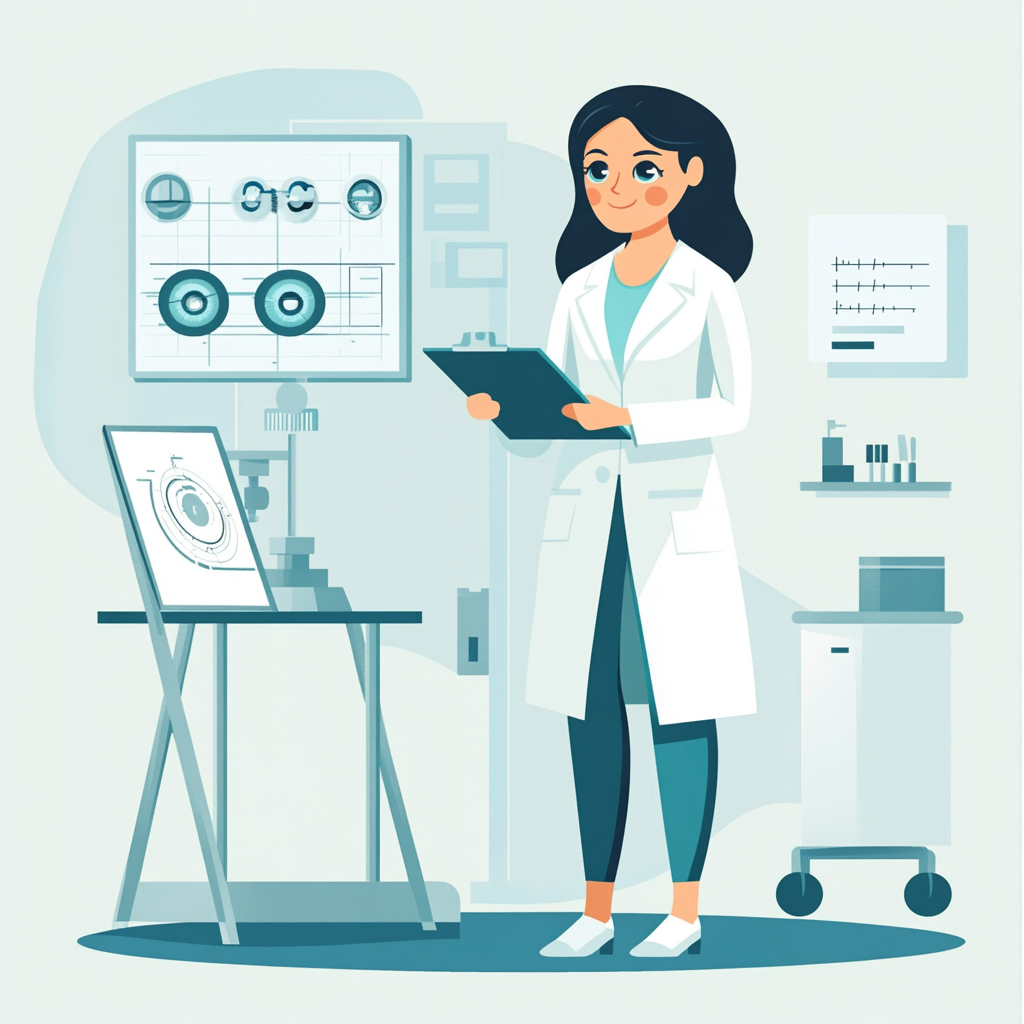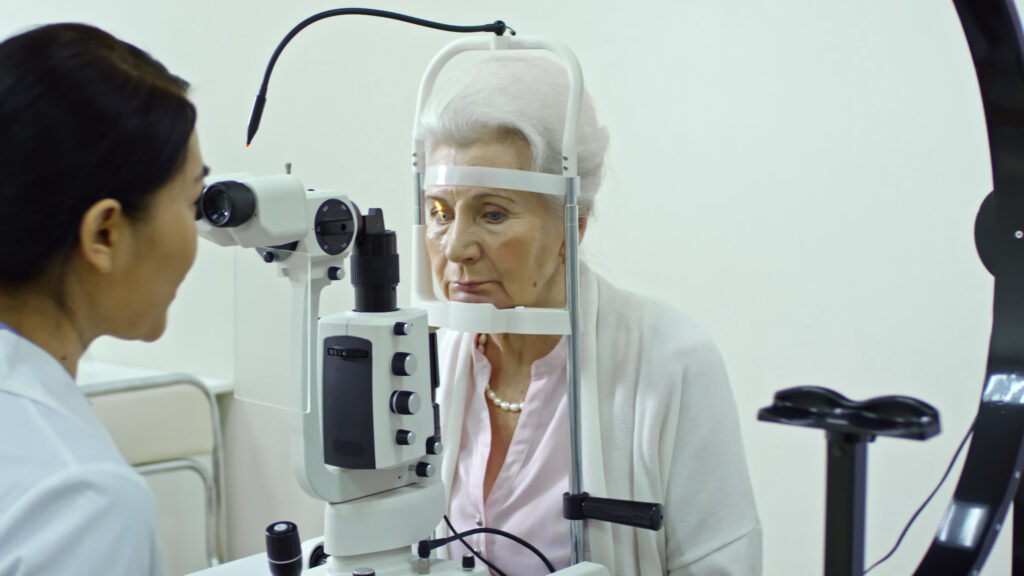Anxiety – it is common for patients to feel anxious about a cataract diagnosis and/or surgical procedure until their questions are answered and they can make an informed decision.
Bladeless Surgery – many patients opt for laser-assisted cataract surgery, although there are still many surgeons performing manual incisions and achieving amazing outcomes for their patients.
Comprehension – two-way communication ensures patients understand and retain the educational information provided to them about their cataract diagnosis and surgical options.
Dialogue – when patient education is provided through dialogue, the practice is able to ensure a greater level of patient comprehension and can have a higher level of confidence in the patient’s informed consent for a treatment plan.
Empathy – approaching patients with compassion helps to reduce anxiety and fear in those patients.
Fear – ⅓ of patients are willing to delay or forego a necessary medical procedure due to fear (2022 study).
Gratitude – patients are so thankful that the practice is willing to invest the time in having a person educate them prior to their consultation.
Human Approach – supplementing technology and automation with a warm, personal touchpoint for the patient.
Intraocular Lens – many patients are surprised to learn that their natural, clouded lens will be removed and replaced with an artificial lens.
Just Relax – patients educated by Navigate Patient Solutions are comforted to learn what to expect for their upcoming appointment and eventual cataract surgery.
Keep the conversation going with your provider to get the best outcome for your eyes as they will determine what technology you are a candidate for.
Language choice is important – with a team of clinically experience ophthalmic technicians educating patients, it is easy to review available technology with the patient in everyday language they will understand.
Monofocal, Multifocal, and everything in between – Lens technology has improved significantly over the years and there are many choices available to patients that they may not be aware of.
Navigate Patient Solutions – The Human Approach to Cataract Education – learn more here
Once in a lifetime procedure – make the best decision for the rest of your life!
Patient Experience – a concierge-level patient experience begins with pre-educating patients around all options, out-of-pocket expenses, and possible outcomes.
Quick Recovery – it is important for the patients to understand what life after surgery will look like and just how quickly they can enjoy your new vision.
Repetition – for some patients, it can take more than 3 exposures to retain new information. It is important to provide adequate education in different formats for your patients.
Surprises – Navigate Patient has encountered a few examples in which a patient was contacted for education and it was discovered that the patient’s vision issues were unrelated to cataracts. In one case – a retinal detachment that was identified and treated in time to save the patient’s vision!
Time savings for both practice and patients – when patients arrive to their evaluation already aware of what to expect, what surgical options.
Ultraviolet protection – some surgical options require special care after surgery. It is important for patients to understand these important steps before selecting the technology they want in their eyes.
Vision Goals – important when determining the best options for your eyes and for your lifestyle.
Why don’t practices call their cataract evaluation patients to prepare them prior to the appointment? In most cases, practices are already extremely busy and it is a challenge to add staffing to support pre-education. This is why companies like Navigate Patient Solutions exist.
Xtra Information – (okay, we cheated a little bit) – having an experienced technician educating your patient allows the patient to ask questions about parking, surgical schedules, and other additional information that pre-recorded videos may skip over.
You – the patient is the most important part of the process and every step of the way should focus on getting them comfortable with the treatment plan that is best for their eyes and their lifestyle.
Zero automation – the Human Approach is not somewhere to cut corners or automate. There are plenty of great education tools that provide that already.




